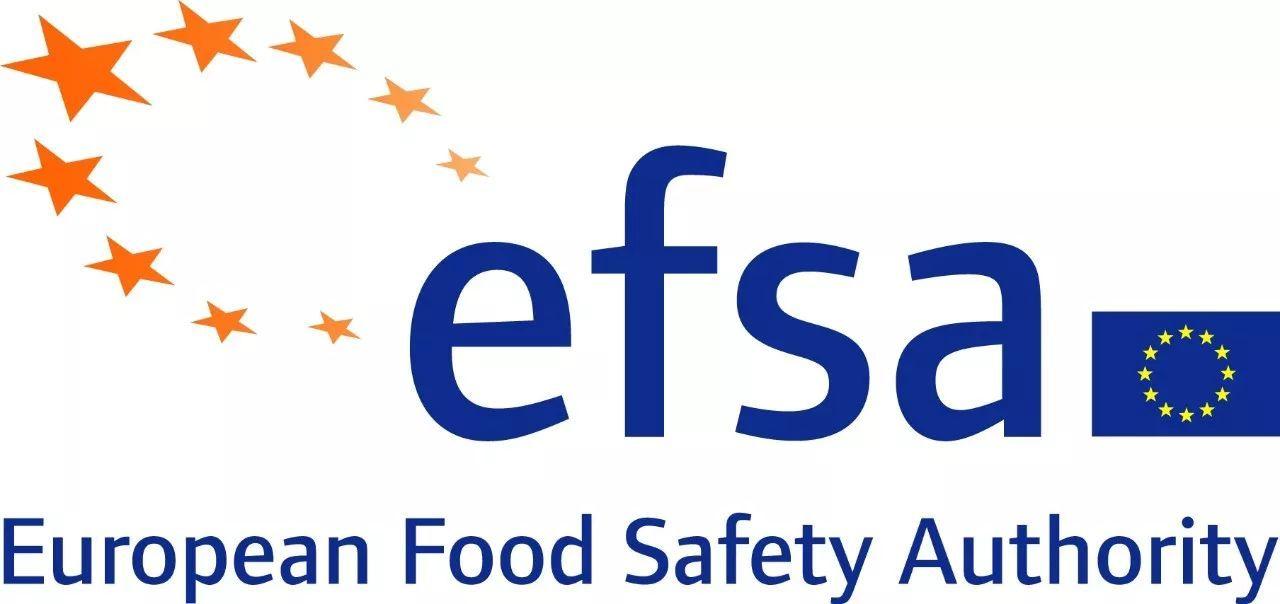
Due to differences in economic, social, and dietary habits, food additive management systems vary from country to country and region to region. Food exporting companies should understand the specific regulations of their target countries in order to ensure product export compliance. In order to enable relevant enterprises to gain an in-depth understanding of the differences in food additive regulation in each country/region, Global Foodmate is providing an interpretation of the regulatory requirements for food additives in each country/region. In last session, we shared the management of food additives in Japan, this time we will share the management of food additives in the EU with you.
1 EU food additive regulation
The EU adopts an approval system for food additives, and only those additives that have passed the approval and are included in the list of food additives are allowed to enter the market. (EC) No 1331/2008 "General Approval Procedure for Food Additives, Food Enzymes and Food Flavourings" provides a general approval procedure for food additives, enzymes and flavourings, specifying that if an application for new uses of existing food additives and applications for the use of new food additives, the applicant should submit a formal application to the European Commission. All permitted food additives are subject to risk assessment by the European Food Safety Authority (EFSA).
2 Types of Food Additives in the EU
In the EU, food additives do not include nutritional fortification, flavourings for food, basic substances in gum-based confectionery and processing aids, where food additives, flavourings and enzymes for food are collectively referred to as modifier in the EU and are regulated by separate regulations.
3 Food additive use in EU
The EU implements independent legislative management for food additives, food flavourings, food enzymes, food processing aids (hereinafter collectively referred to as food additives), including framework regulations and independent regulations. Depending on the type of food additive, different food additive regulations need to be chosen to determine the compliance of food additive use.
Regulation (EC) No 1333/2008 "Food Additives (except food enzymes and flavourings)" provides for the management of food additives except enzymes and flavourings for food, while Regulation (EC) No 1334/2008 "Flavourings and certain food ingredients with flavouring properties for use in and on foods" provides for the management of flavors for food and food ingredients with flavoring characteristics in food. Smoke flavouring should be used in accordance with (EC) No 2065/2003 "Smoke flavourings used or intended for use in or on foods".
Nutrients added to food are regulated by Regulation (EC) No 1925/2006 “addition of vitamins and minerals and of certain other substances to foods”.
The EU does not yet have specific food regulations governing food processing aids (except for enzymes and extraction solvents). Some EU member states have developed their own regulations governing food processing aids, such as the Spanish Food Safety Agency, which has issued a "Guide to the Required documentation for the evaluation of Processing Aids Intended for Use in Human Food".
There is no unified catalog of food enzymes, and before the release of the EU catalog, the sale, use of enzymes for food and food produced with food enzymes in EU countries continue to use the regulations of EU member states.
2009/32/EC "Approximation of the laws of the Member States on extraction solvents used in the production of foodstuffs and food ingredients" specifies the extraction solvents used in the production of food and food ingredients.
4 Labeling of food products in the EU
Food additives are labeled in accordance with (EU) No 1169/2011 "Regulations on the provision of food information to consumers". Ingredients are listed in descending order by weight of the additive in the ingredient list, and additives containing up to 2% may not be listed in descending order. The functions of food additives listed in (EU) No 1169/2011 must be identified by functional name and specific name or functional name and E code.